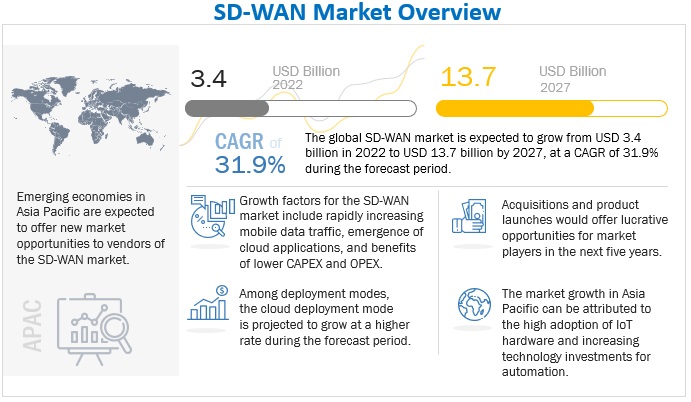SD-WAN Technology in 2025: Benefits, Challenges, and Deployment Trends
telcomatraining.com – The landscape of enterprise networking is rapidly evolving, and SD-WAN technology continues to be at the forefront of this transformation. As we move through 2025, organizations are increasingly adopting SD-WAN solutions to improve network efficiency, reduce costs, and support the growing demands of cloud and remote work environments. This article explores the benefits, challenges, and deployment trends of SD-WAN technology in 2025, providing insights into why it remains a critical component of modern network infrastructure.
Understanding SD-WAN Technology
Software-Defined Wide Area Network (SD-WAN) technology is a virtualized approach to managing network connectivity across multiple locations. By leveraging software to control network hardware, SD-WAN simplifies the process of directing traffic over the most efficient paths, whether via broadband, MPLS, or LTE/5G connections. This flexibility enables organizations to optimize application performance and enhance security without the complexity of traditional WAN architectures.
Key Benefits of SD-WAN in 2025
- Enhanced Network Performance:
SD-WAN intelligently routes traffic based on real-time network conditions, ensuring critical applications receive priority and minimizing latency. This is essential in 2025 as businesses rely more heavily on cloud-based services, video conferencing, and real-time data processing. - Cost Efficiency:
By enabling the use of lower-cost broadband connections alongside or instead of expensive MPLS lines, SD-WAN reduces overall WAN expenses. This cost-saving aspect is particularly valuable for enterprises with multiple branch offices or global operations. - Improved Security:
Modern SD-WAN solutions come integrated with advanced security features, including encryption, firewall capabilities, and zero-trust network access. These features help safeguard data and prevent cyber threats, which are increasingly prevalent in today’s digital landscape. - Simplified Network Management:
SD-WAN’s centralized control and automation capabilities allow IT teams to manage complex networks through intuitive dashboards. This streamlines troubleshooting, provisioning, and policy enforcement, reducing operational overhead.
Challenges Facing SD-WAN Adoption
Despite its advantages, SD-WAN deployment in 2025 still faces several challenges:
- Integration Complexity:
Integrating SD-WAN with existing legacy systems and diverse cloud environments can be complicated, requiring careful planning and expertise. - Security Concerns:
While SD-WAN improves security, misconfigurations or insufficient monitoring can expose networks to vulnerabilities. Organizations must maintain robust security policies and continuous oversight. - Vendor Fragmentation:
The SD-WAN market consists of numerous vendors offering varied features and performance levels. Choosing the right solution that aligns with business needs can be overwhelming. - Skill Gaps:
Deploying and managing SD-WAN requires skilled professionals familiar with both networking and software-defined technologies. The talent shortage can hinder smooth implementation.
Deployment Trends Shaping SD-WAN in 2025
Several trends define how SD-WAN is being adopted and evolved this year:
- Cloud-First Architectures:
As more enterprises migrate workloads to public and private clouds, SD-WAN solutions are increasingly designed to optimize cloud connectivity and performance. - Integration with SASE (Secure Access Service Edge):
Combining SD-WAN with security-as-a-service frameworks is a growing trend. This convergence provides unified networking and security, essential for remote work and multi-cloud environments. - AI and Automation:
Artificial intelligence and machine learning are being integrated into SD-WAN to enable predictive analytics, automated traffic management, and proactive issue resolution. - 5G Connectivity:
The rise of 5G networks offers SD-WAN deployments enhanced speed and reliability, enabling faster site-to-site connections and support for IoT devices.
Conclusion
SD-WAN technology in 2025 continues to revolutionize enterprise networking by delivering cost-effective, secure, and flexible connectivity solutions. While challenges like integration complexity and skill shortages persist, ongoing innovations such as AI integration and SASE convergence are helping organizations maximize the benefits of SD-WAN. As businesses adapt to a hybrid, cloud-centric world, SD-WAN stands as a foundational technology driving digital transformation forward.







